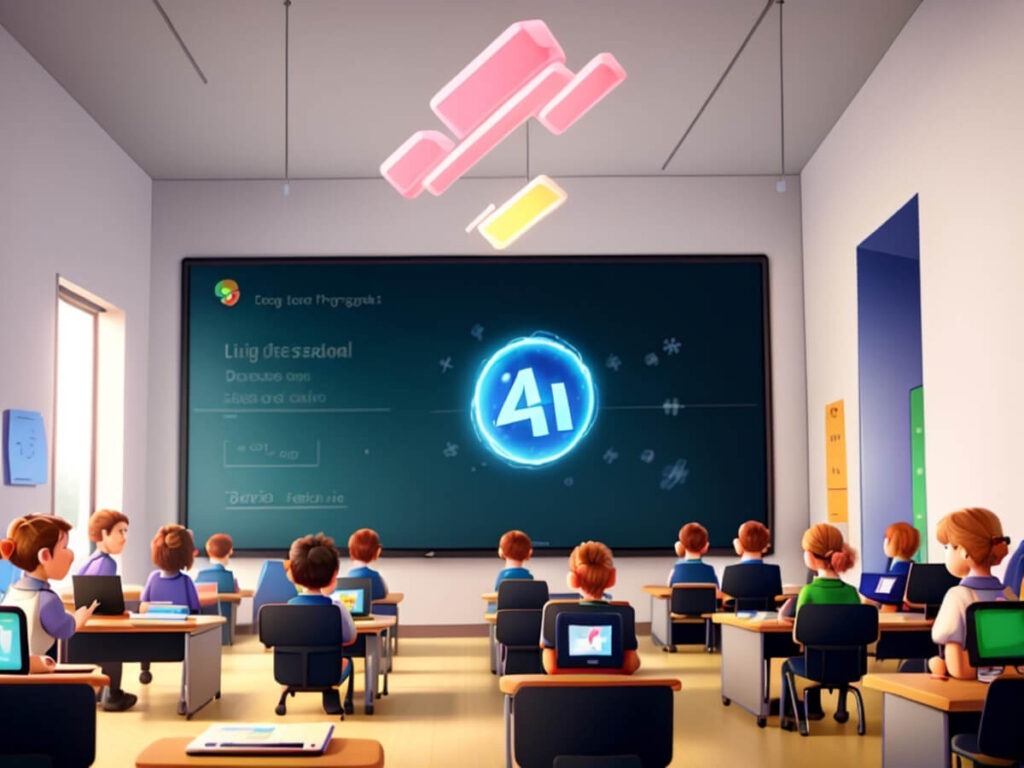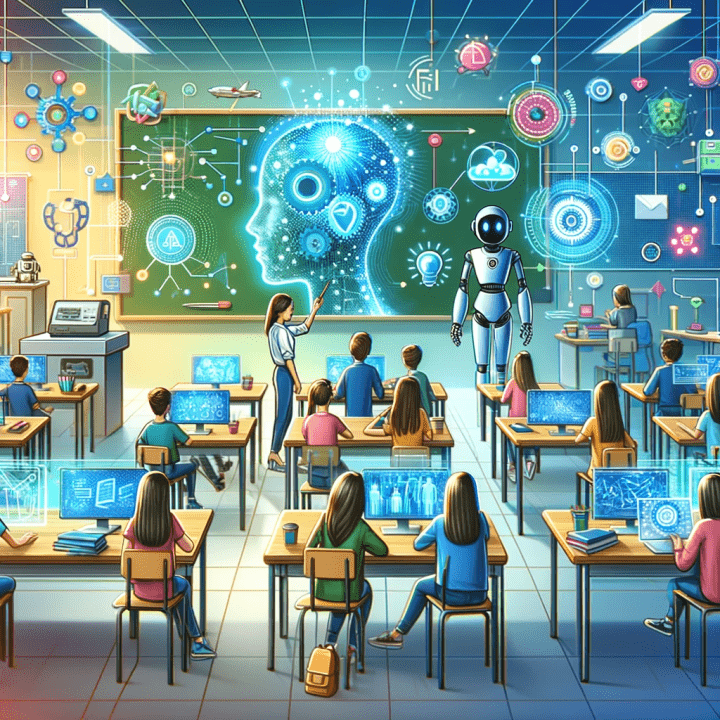Apnipathshala
AI in the Classroom: Investing in Advantages, Managing Disadvantages
Apnipathshala
Artificial Intelligence (AI) is transforming education in profound ways, offering both advantages and challenges for classrooms worldwide. While AI technologies hold immense potential to enhance learning outcomes and streamline educational processes, it's essential to understand how to leverage these advantages effectively while also addressing potential drawbacks.
One of the primary advantages of AI in the classroom is its ability to personalize learning experiences for students. By analyzing vast amounts of data on student performance, preferences, and learning styles, AI-powered adaptive learning systems can tailor educational content and activities to meet the unique needs of each learner. This personalized approach allows students to progress at their own pace, receive targeted support, and engage with materials that align with their interests and abilities.
Moreover, AI-powered educational tools and platforms can provide immediate feedback to students, allowing them to track their progress, identify areas for improvement, and take corrective actions in real-time. Whether through interactive quizzes, virtual tutors, or intelligent tutoring systems, AI enables students to receive personalized feedback and guidance that promotes deeper understanding and mastery of concepts. This timely feedback loop empowers students to become more self-directed learners and take ownership of their academic journey.



